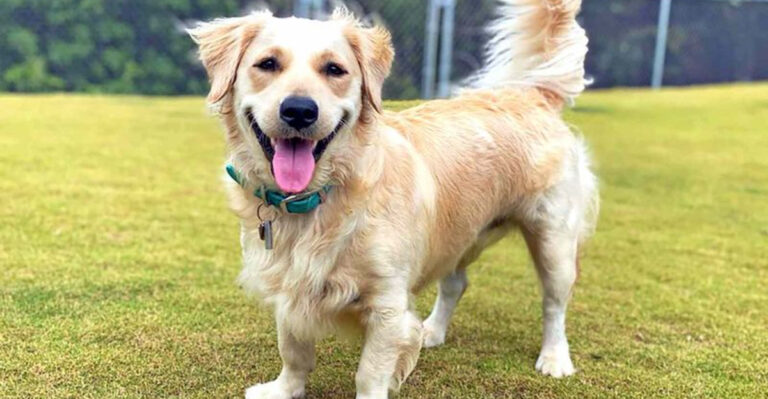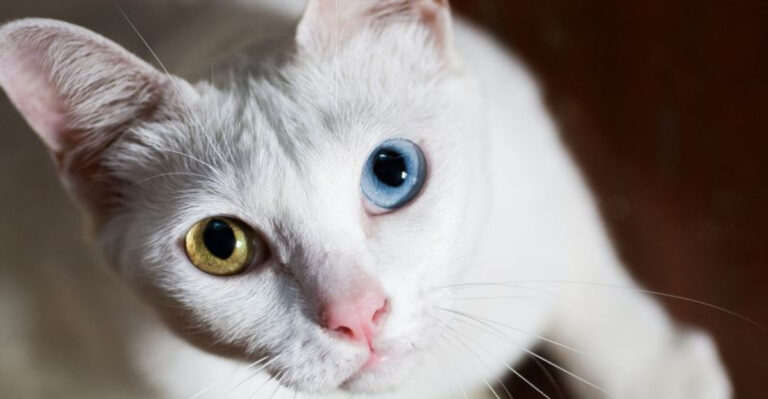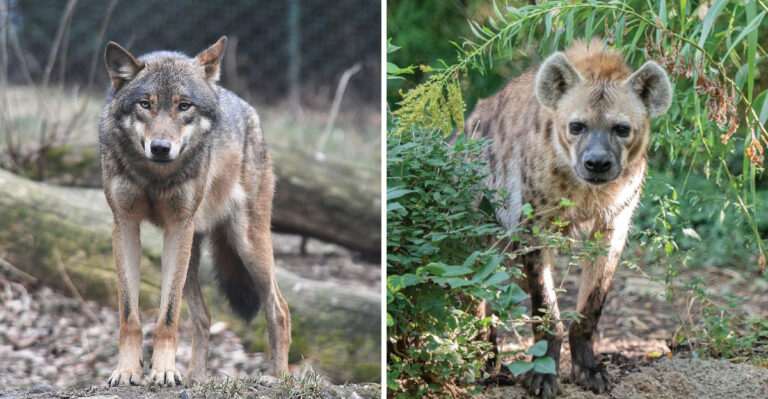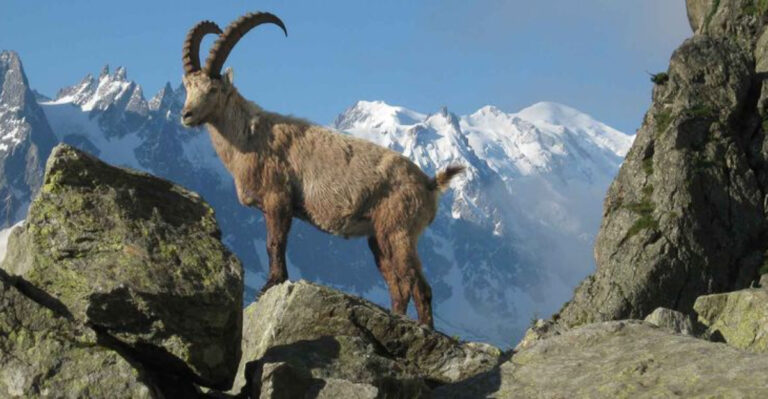7 Animals That Have Been Around Since the Dinosaurs – And 7 That Just Showed Up
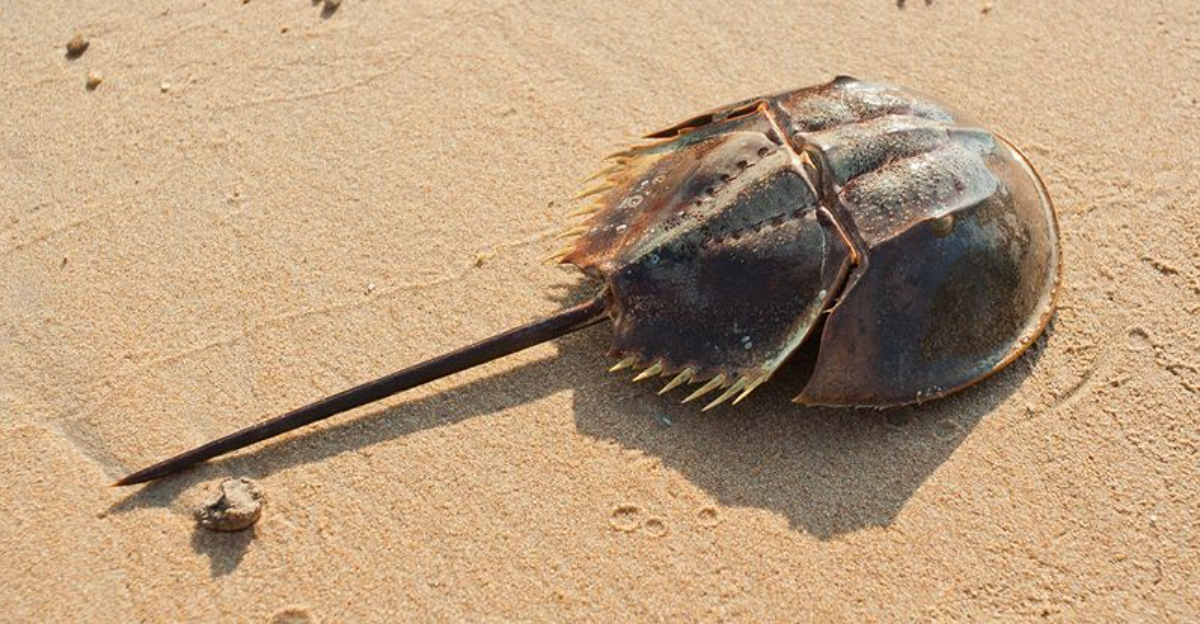
Our planet’s wildlife tells an amazing story of survival and adaptation. Some creatures have witnessed the rise and fall of dinosaurs, persisting through ice ages and meteor strikes with barely a change.
Others are fresh faces in Earth’s story, having evolved recently or been created through human intervention. Ready to meet these time travelers and newcomers?
1. Nautilus: The Living Fossil Of The Deep
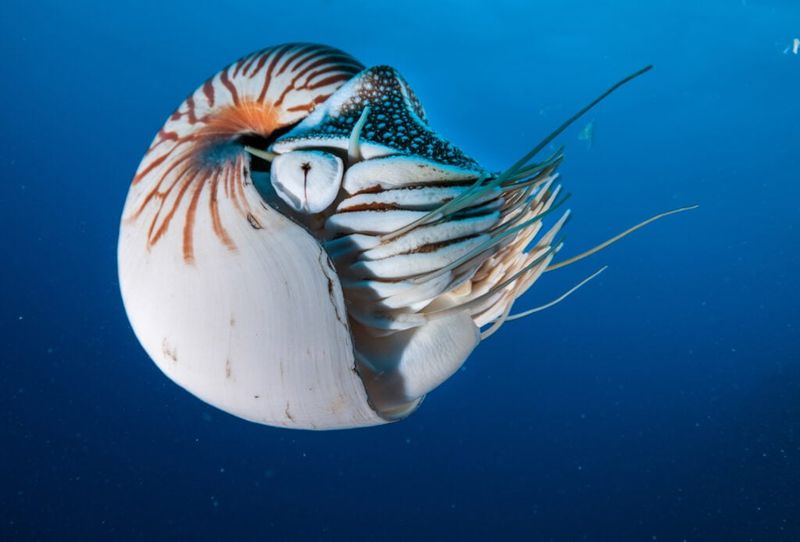
Gliding through ocean depths like a submarine from another era, the nautilus hasn’t changed its spiral-shelled design for over 500 million years. These prehistoric swimmers were cruising ancient seas when the first dinosaurs were just appearing.
Their beautiful chambered shells work exactly as they did half a billion years ago, allowing them to control their buoyancy with mathematical precision.
2. Jellyfish: Ancient Drifters Of The Deep

Floating through Earth’s oceans for over 500 million years, jellyfish are among the oldest multi-organ animals ever recorded. Their soft, translucent bodies and stinging tentacles have remained remarkably unchanged since before dinosaurs walked the planet.
Despite lacking brains, hearts, or bones, these gelatinous survivors thrive in waters around the world, using simple nerve nets to navigate and hunt. Their longevity and adaptability make them one of nature’s most extraordinary evolutionary triumphs.
3. Horseshoe Crabs: Blue-Blooded Time Travelers
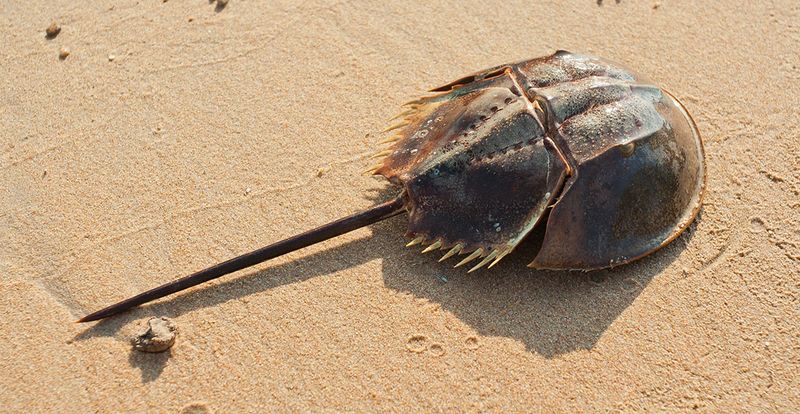
Before dinosaurs took their first steps, horseshoe crabs were already scuttling along prehistoric shorelines. These armored survivors have maintained their distinctive helmet-shaped shells for 450 million years, earning them the title of living fossils.
Their blue blood contains a special chemical used in medical testing, making these ancient creatures surprisingly important to modern medicine.
4. Crocodiles: The Reptiles That Watched Dinosaurs Die
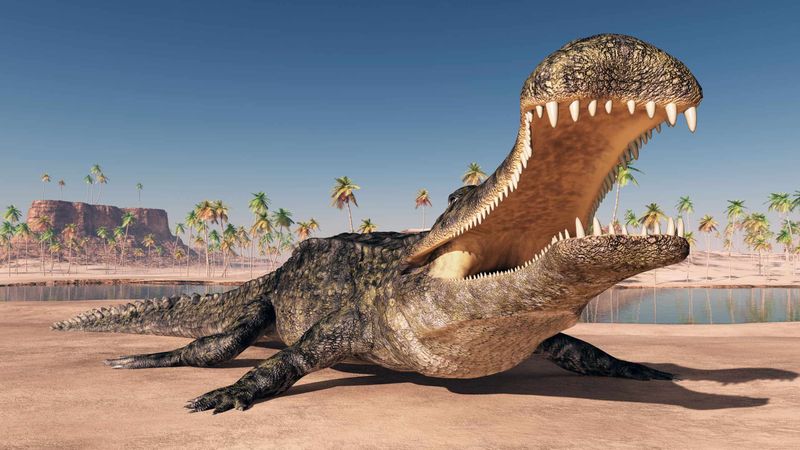
Lurking in murky waters with the same deadly patience they’ve shown for 200 million years, crocodiles have barely needed to evolve since the Jurassic period. Their perfect predator design proved so successful that nature left it virtually unchanged.
With armored skin, powerful jaws, and ambush hunting techniques refined over millions of years, these reptiles outlasted their dinosaur cousins through superior adaptation.
5. Sharks: The Ocean’s Unchanging Hunters

Cutting through ocean waters long before dinosaurs appeared, sharks have maintained their basic design for over 400 million years. These ultimate predators were so perfectly engineered that evolution barely touched them across countless millennia.
While individual species have come and gone, their streamlined bodies, replaceable teeth, and keen senses represent one of nature’s most successful and enduring designs.
6. Coelacanth: The Fish That Came Back From Extinction
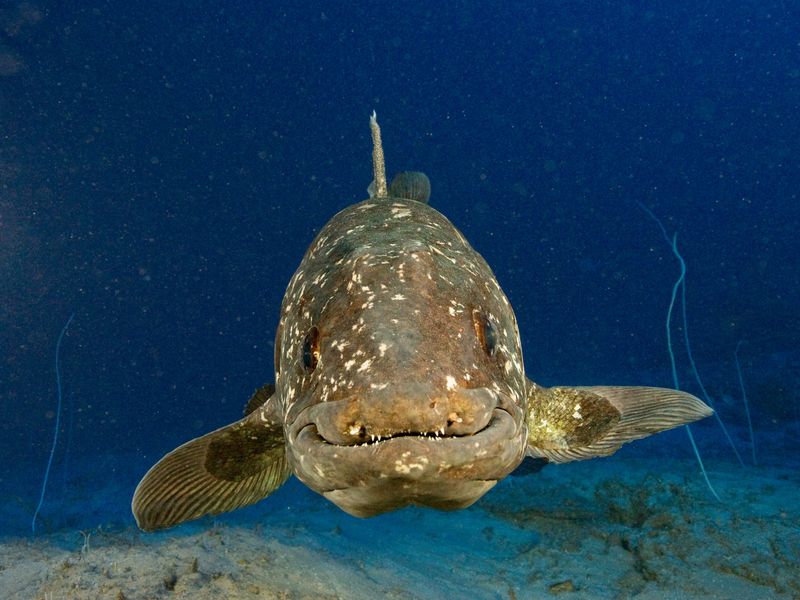
Scientists thought this prehistoric fish had vanished with the dinosaurs until one showed up in a fishing net in 1938! The coelacanth had been happily swimming in deep ocean waters for 360 million years, completely unknown to modern science.
With its lobed fins that move like limbs, this living fossil provides valuable insights into how fish eventually evolved into land animals.
7. Tuatara: The Reptile With A Third Eye
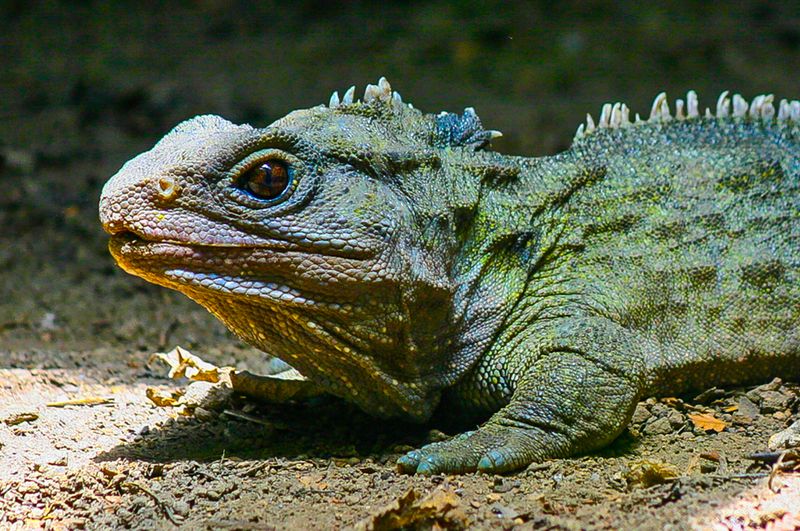
Looking like something straight out of a dinosaur documentary, the tuatara isn’t actually a lizard but the last survivor of an ancient reptile order that thrived 200 million years ago. Native only to New Zealand, these living fossils have changed little in 225 million years.
They possess a mysterious third eye on top of their heads – a light-sensing organ under their skin that scientists believe helps regulate their body clock.
8. Labradoodle: The Designer Dog Of Modern Times

While wolves have been around for millions of years, the fluffy Labradoodle first bounded into existence in the 1980s. Created by crossing Labrador Retrievers with Poodles, these designer dogs were specifically developed to serve as hypoallergenic guide dogs.
Unlike ancient breeds that evolved naturally over thousands of years, these curly-coated companions represent human-directed evolution happening right before our eyes.
9. Clownfish: Finding Fame In Recent Times
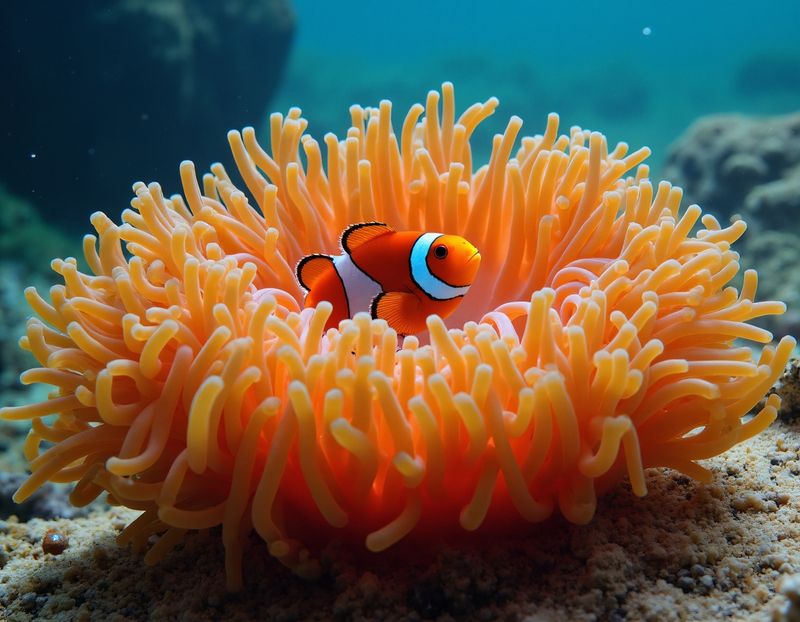
Those orange-and-white striped darlings made famous by animated films are surprisingly recent arrivals to Earth’s story. The 30 species of clownfish evolved just 3-5 million years ago – practically yesterday in evolutionary terms!
Their special relationship with sea anemones – where they’re protected by mucus that prevents the anemone’s stinging cells from firing – represents a fascinating example of recent coevolution.
10. Belgian Blue Cattle: The Muscle-Bound Newcomers

Sporting bulging muscles that would make bodybuilders jealous, Belgian Blue cattle only emerged in the 1800s. These massive bovines resulted from selective breeding of a natural mutation that disrupts myostatin, a protein that normally limits muscle growth.
The result? Cattle with approximately 40% more muscle mass than typical breeds – a dramatic example of how human selection can rapidly transform animal species.
11. Boykin Spaniel: America’s Youngest Hunting Dog
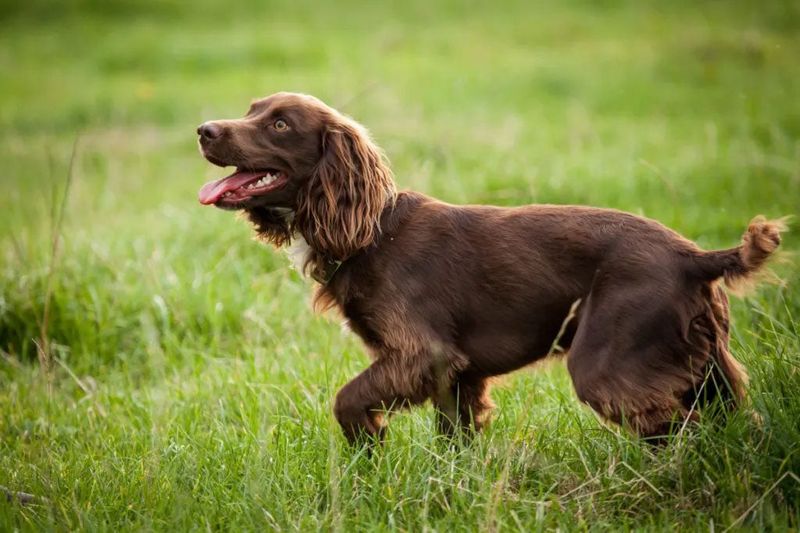
While humans have kept dogs for over 30,000 years, the chocolate-coated Boykin Spaniel first appeared in early 1900s South Carolina. Developed by local hunters needing compact, versatile hunting companions for pursuing wild turkeys in swampy terrain.
These medium-sized retrievers went from local secret to officially recognized breed in record time, showing how quickly new dog varieties can be established through selective breeding.
12. Scottish Fold Cats: The Floppy-Eared Felines
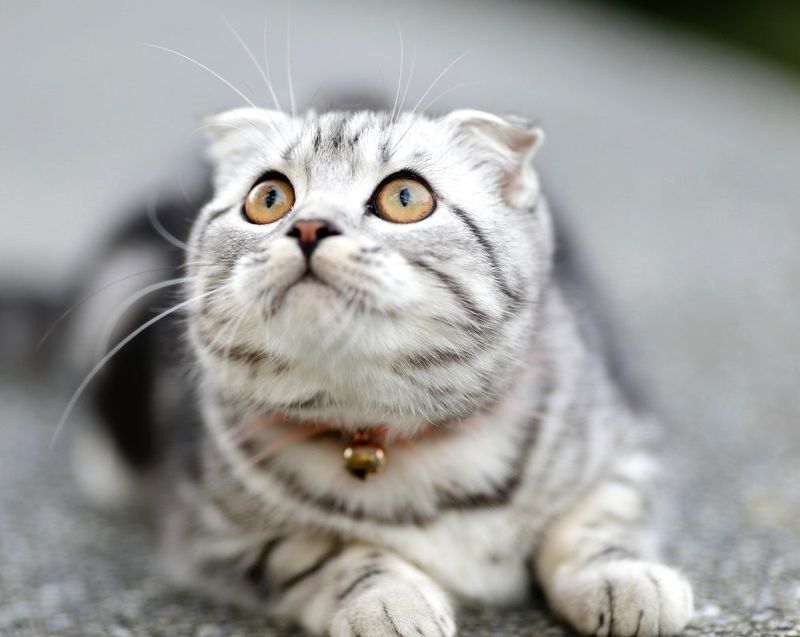
Those adorable folded ears that give Scottish Folds their distinctive owl-like appearance trace back to just 1961, when a Scottish shepherd discovered a white barn cat with unusual ears. Named Susie, this single cat became the foundation for an entirely new breed.
All Scottish Folds today descend from Susie’s genetic mutation, making them one of the youngest naturally occurring cat breeds in the world.
13. London Butterfly: The Urban Evolution Success Story
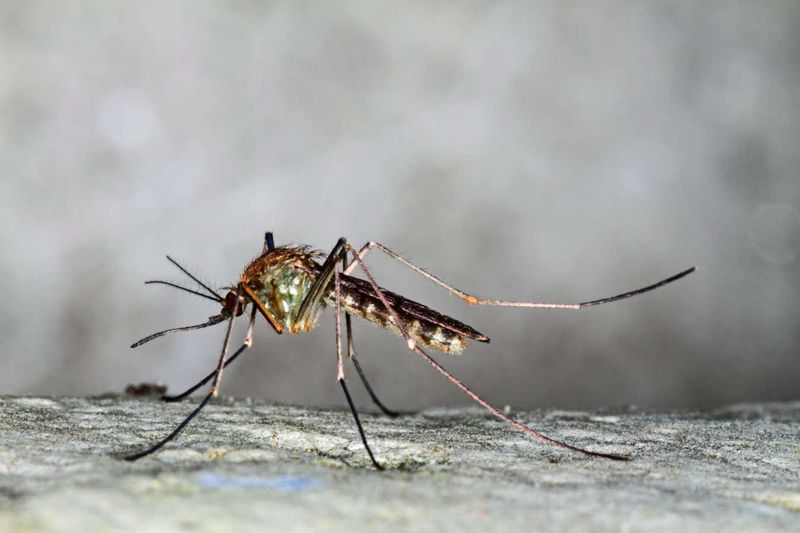
During England’s Industrial Revolution, peppered moths famously evolved from white to black as pollution darkened tree trunks. But few know about the London Underground mosquito, which evolved into an entirely new species in just 150 years!
Isolated below ground in subway tunnels since the 1860s, these mosquitoes can no longer mate with their above-ground relatives, demonstrating how quickly new species can emerge.
14. Grolar Bears: Climate Change’s Hybrid Creation

When polar bears and grizzlies meet in the wild, they normally avoid each other. But as warming Arctic temperatures push polar bears south and grizzlies north, something unexpected is happening: they’re mating and producing fertile hybrid offspring.
First confirmed in the wild in 2006, these cream-colored bears with brown patches represent evolution in action, driven by our changing climate.


